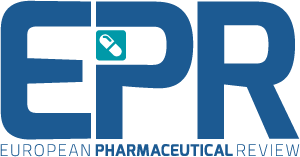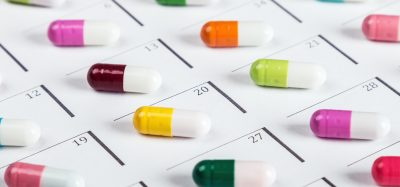EMA proposes streamlined approach for biosimilar development
Posted: 2 April 2025 | Catherine Eckford (European Pharmaceutical Review) | No comments yet
In certain cases, analytical comparability exercises and PK data could be sufficient for demonstrating biosimilarity, the EMA highlights in its new paper.


The European Medicines Agency (EMA) has published a new draft reflection paper, which discusses reducing the quantity of clinical data needed for development and regulatory approval of biosimilars.
This is part of the agency’s work to improve the development and assessment of biosimilar medicines, while maintaining EU safety standards. EMA expects this will support better access to these treatments, as well as Europe’s position as an attractive developer in the market.
The EMA suggested that “demonstrated structural and functional comparability, together with comparative data on how the body interacts with the medicines (pharmacokinetic data), may be sufficient to demonstrate similarity with the reference medicine”.
Improving biosimilar medicine – EMA’s approach
This could result in less extensive clinical efficacy studies being required, leading to a simpler, more streamlined development and evaluation process that also maintains the high safety and efficacy standards required.
Consequently, this would ensure broader biosimilar availability in the EU, according to the EMA.
The draft reflection paper follows a concept paper that detailed a tailored clinical approach in biosimilar development by the EMA last year.
Feedback on the reflection paper is open until 30 September 2025.
Delivering the biosimilar pipeline for Europe to 2030
demonstrated structural and functional comparability, together with comparative data on how the body interacts with the medicines (pharmacokinetic data), may be sufficient to demonstrate similarity with the reference medicine”
Julie Maréchal-Jamil, Director, Biosimilar Policy & Science, Medicines for Europe stated in an EPR article earlier this year, that “the key question today for governments and stakeholders to unlock access to the next wave of life-changing biological therapies must therefore revolve around the proactive strategic inclusion of biosimilar medicines policies as part of healthcare and industrial policies, with a clear goal to de-risk and enhance predictability in support of investment in biosimilar medicines development across a broad range of therapies”.
Maréchal-Jamil shared that “by the end of the decade, two cell and gene therapies will be subject to follow-on competition for the first time, beginning a whole new chapter in the biosimilar history”.
Therefore, “to deliver a biosimilar pipeline by 2030, new questions need to be addressed across the biosimilar life cycle [and]…coordinated action at both EU and national levels” is required to support the future biosimilar landscape.
Related topics
Analytical techniques, Big Pharma, Biologics, Biopharmaceuticals, Biosimilars, Clinical Development, Clinical Trials, Data Analysis, Drug Development, Drug Manufacturing, Drug Markets, Drug Safety, Industry Insight, Manufacturing, Regulation & Legislation, Research & Development (R&D), Therapeutics









